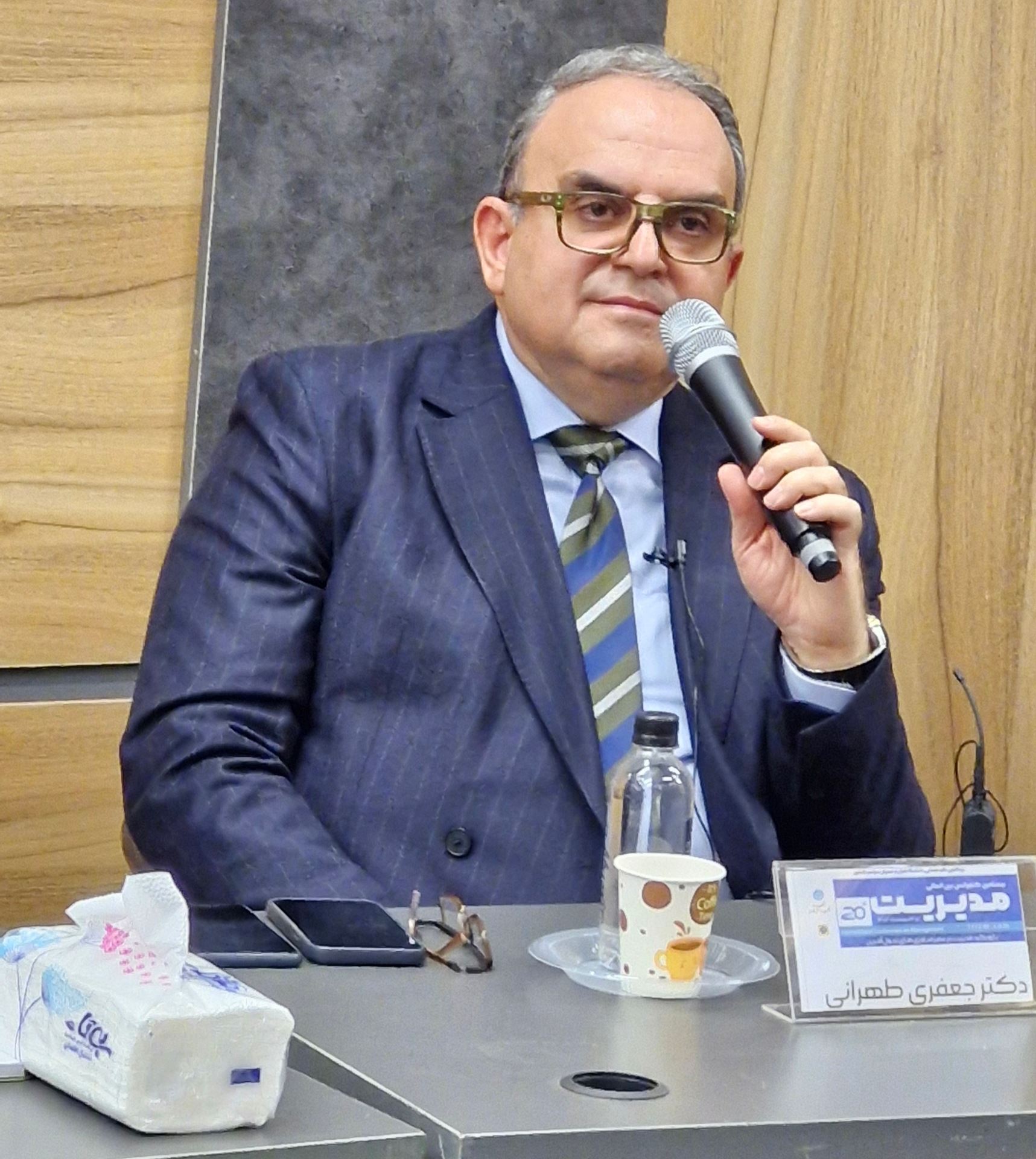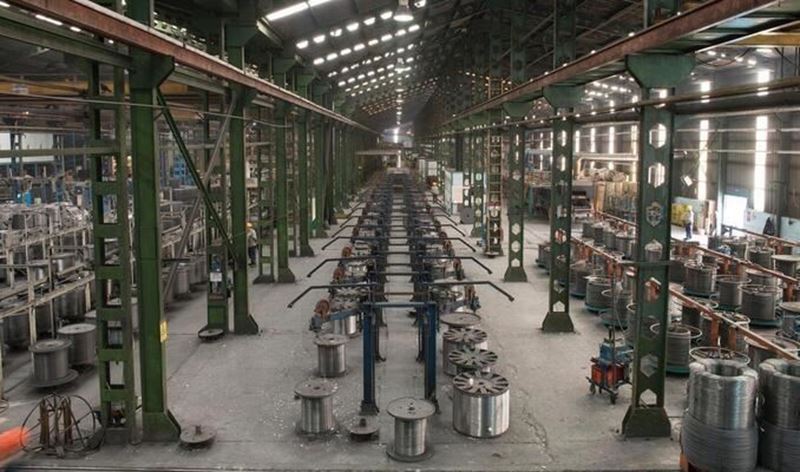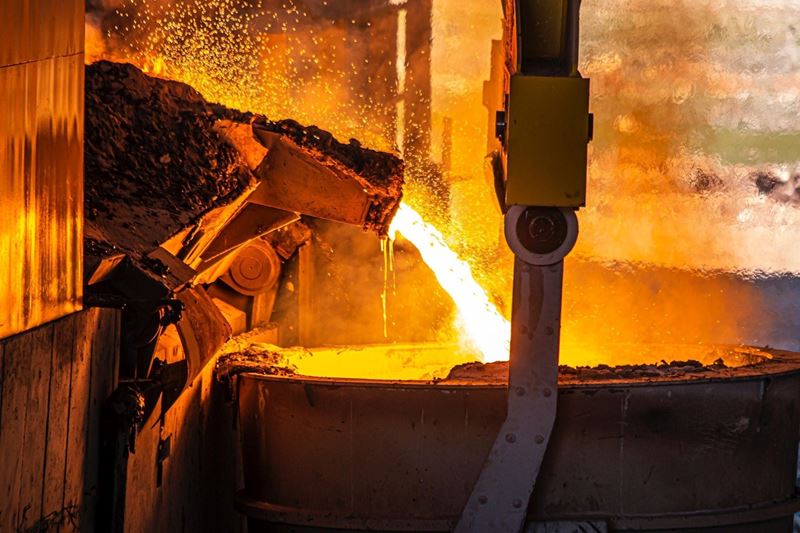Keyvan Jafari Tehrani, a prominent expert in global iron and steel markets, has provided a detailed analysis of the recent directive from the Central Bank of Iran (CBI) concerning the return of export earnings. He believes that this new measure is a crucial step towards enhancing Iran's export performance.
The recent directive by Iran's Central Bank (CBI) marks a pivotal shift in the nation's approach to managing export revenues, particularly within the steel and base metals sectors. By allowing exporters to fully allocate their earnings toward importing essential goods and supporting critical industrial needs, the CBI has introduced a much-needed mechanism to incentivize exports and address long-standing challenges faced by private sector players. However, while this move is undoubtedly a positive step, its delayed implementation has left significant room for reflection and further refinement.
Timing and Missed Opportunities
Jafari Tehrani criticized the timing of the directive has drawn criticism, as the prolonged enforcement of rigid currency repatriation policies over the past seven months significantly disrupted the export ecosystem. The mandatory return of 100% of export earnings through the NIMA system created bottlenecks, particularly for small and medium-sized exporters who struggled to comply. This overly strict framework not only dampened export enthusiasm but also hindered economic growth at a critical time. Had this directive been issued earlier, it could have mitigated the decline in export volumes and restored momentum to the steel and base metal supply chains much sooner.
Unequal Access and the Private Sector’s Role
The senior expert highlighted that the private sector, responsible for nearly 70% of exports in the steel value chain, has borne the brunt of restrictive policies. Unlike larger mining and industrial corporations that could repurpose their foreign currency earnings for machinery imports, private traders lacked such opportunities. This disparity created a dual economy within the export landscape, favoring larger enterprises while sidelining smaller players. The new directive attempts to level the playing field by granting broader access to currency utilization, but it will take time to rebuild trust and enthusiasm among private exporters.
The Global Context: Strategic Considerations
Jafari Tehrani stressed the urgency of implementing this directive swiftly. The directive also comes at a critical juncture globally. With the potential return of stricter U.S. sanctions under a Trump-led administration, Iran faces heightened external pressures. The decision to prioritize export growth now aligns with the need to bolster foreign currency reserves and mitigate the impact of potential geopolitical turbulence. Lessons can be drawn from China's proactive stance, as it moves to lift export restrictions on key commodities like copper and aluminum in response to anticipated challenges. Iran’s directive, similarly, positions its steel and metal industries to maximize export potential before international constraints tighten further.
Path Forward: Complementary Policies Needed
While the directive represents a clear step forward, its success hinges on the implementation of complementary policies. Simplifying bureaucratic processes, providing financial support to private exporters, and ensuring clarity in regulations will be critical to sustaining long-term growth. Furthermore, fostering collaboration between large corporations and smaller traders can create synergies that strengthen the export ecosystem as a whole.
The Central Bank’s new export directive has opened a window of opportunity for Iran’s steel and metals industries, offering a chance to recover lost ground and adapt to evolving global dynamics. However, its delayed rollout and the uneven landscape it seeks to address highlight the need for more agile and inclusive policymaking. If Iran can capitalize on this moment and implement additional reforms, it may not only revive its export sector but also build resilience against future economic challenges.











Yorumlar
Henüz yorum yapılmadı